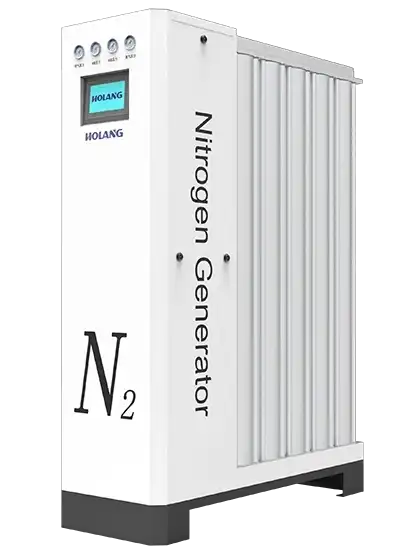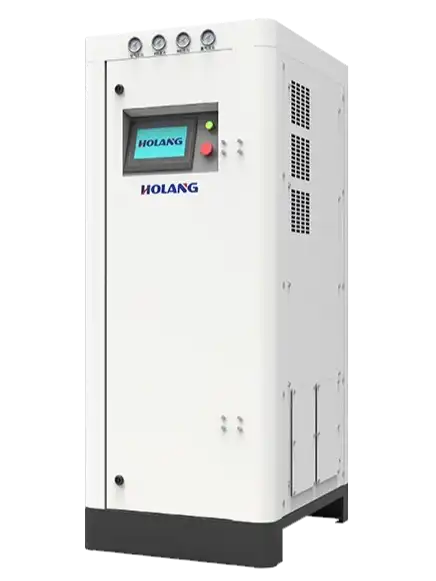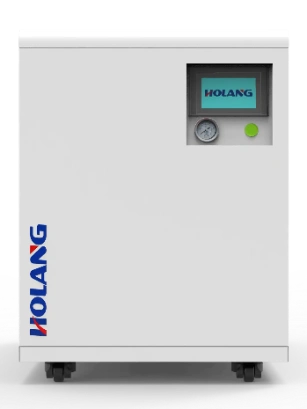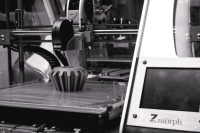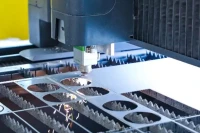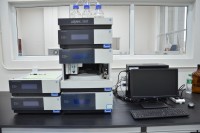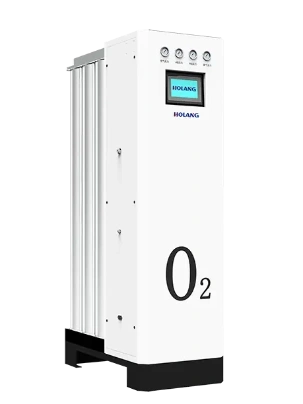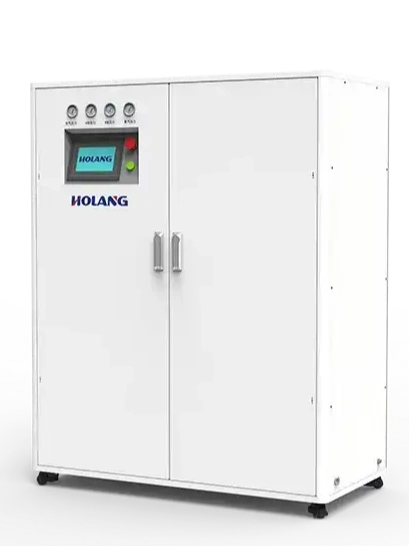Modern factories often treat nitrogen as invisible infrastructure. Unlike electricity or water, people rarely discuss nitrogen in headlines, yet it plays a vital role in electronics, food and drink, the medicine industry, additive manufacturing, and metal production. Without a stable nitrogen gas supply, many production lines fail to maintain quality or continuous output.
As global supply chains face disruption and companies accelerate their move toward smarter and greener production, industry leaders increasingly recognize nitrogen gas supply as the “last mile” in industrial advantage. The focus now goes beyond robots or digital systems. Managers and engineers must ask how to guarantee reliable nitrogen directly at the production floor.
Weak Links in Traditional Nitrogen Supply:
For decades, companies relied on liquid nitrogen deliveries and high-pressure cylinders. At first glance, this looked convenient. In reality, the model creates fragile links that expose factories to risk:
- Dependence on transport: Trucks can stop for traffic, weather, or holidays, leaving production lines without nitrogen when they need it most.
- Natural loss: Liquid nitrogen slowly evaporates inside tanks. Companies keep paying for nitrogen that vanishes into the air.
- Safety and rules: Cylinders require regular checks, inspections, and paperwork, adding hidden costs and time.
- Price swings: Logistics and energy costs rise and fall, so companies struggle to plan budgets.
This fragile “last mile” highlights a clear truth: even highly automated factories still rely on trucks and outside vendors for their gas supply.
Nitrogen as a Source of Market Strength:
Factories that secure reliable nitrogen improve more than operations—they boost their market strength.
- In electronics manufacturing, nitrogen purity directly affects SMT and PCB yields. Higher yields increase profit.
- In the food and beverage industry, nitrogen flushing extends shelf life and keeps taste consistent, protecting brand value.
- In 3D printing and laser cutting, stable nitrogen flow ensures the strength and accuracy of finished products.
- In drug manufacturing, reliable nitrogen protects quality and compliance with health regulations.
These examples show why managers treat nitrogen as part of their competitive advantage, not just another utility.
On-site Nitrogen Generation: Closing the Last Mile:
More factories now adopt on-site nitrogen generation. By installing PSA nitrogen generators and modular nitrogen generators, companies create their own nitrogen supply directly in the plant.
This shift delivers measurable benefits:
- Cut costs: On-site nitrogen generation can reduce expenses by 30–50% compared to delivered liquid nitrogen.
- Secure supply: Systems run 24/7, so production no longer depends on trucks or holiday schedules.
- Expand easily: Modular nitrogen generators allow factories to add capacity by connecting more units.
- Support green goals: On-site nitrogen generation reduces truck transport and waste from cylinders, helping companies meet ESG and carbon neutrality goals.
By generating nitrogen locally, factories turn the “last mile” into zero distance.

From Factory Floor to National Strategy:
The way companies supply nitrogen affects not only single plants but also entire industries.
- Protect supply chains: Local generation lowers exposure to fragile delivery networks.
- Save energy: PSA nitrogen generators consume far less power than cryogenic air separation plants.
- Level the playing field: Countries without large distribution systems can still compete by using nitrogen generators inside factories.
- Cut carbon emissions: Fewer truck deliveries mean lower greenhouse gas output.
Governments and industrial leaders see nitrogen supply as both a daily factory decision and a strategic factor in national policy.
Future Competition: Who Owns the Last Mile?
Industrial competition no longer depends only on cheap labor or fast automation. Silent battles emerge in less obvious areas, such as nitrogen gas supply.
- Large global companies now highlight on-site nitrogen generation in ESG reports to attract investors.
- Small and medium firms use modular nitrogen generators to reduce risks and costs, narrowing the gap with bigger rivals.
- Industry leaders maintain stable output while competitors pause production due to delivery delays.
These cases show that nitrogen generators act as more than equipment—they represent tools for long-term industrial advantage.
Conclusion:
Nitrogen may look like a detail, but in reality it defines the critical “last mile” of modern industry. The move from liquid nitrogen delivery to on-site nitrogen generation with PSA nitrogen generators and modular nitrogen generators turns gas supply from a fragile cost into a strategic strength.
In the future, companies that control their nitrogen gas supply will not only cut expenses. They will build resilience, reduce risks, meet ESG goals, and lead the next era of global manufacturing.
